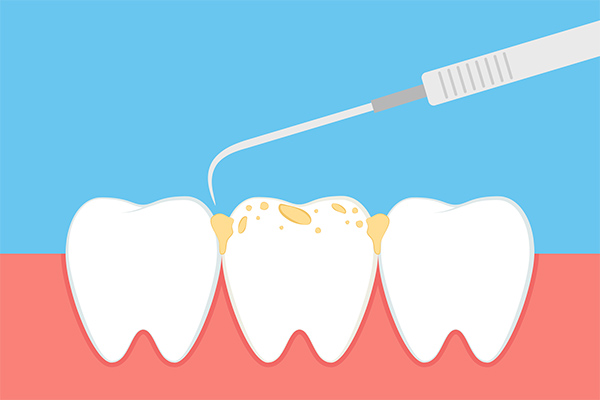What is Dental Plaque?
Dental plaque is a continual accumulation of bacteria in the form of a sticky film on your teeth. The production of plaque is a natural process. However, if you fail to remove it through regular dental cleanings and daily brushing and flossing, it can lead to oral health problems such as cavities, gum disease, and various other issues.
Composition of Tooth Plaque:
Plaque consists of bacteria, residual food particles, and saliva. When you consume food, the bacteria in your mouth feed on food remnants, particularly sugars and carbohydrates. This process results in the creation of a sticky and acidic film known as dental plaque.
Building Strong Teeth: Supplements You Should Consider
Appearance of Plaque on Teeth:
In technical terms, plaque is colorless. Nevertheless, it can sometimes lead to tooth discoloration as food particles adhere to it. Dental plaque can make your teeth appear and feel "fuzzy." If you run your tongue over your teeth and they seem to be covered in minuscule sweaters, that's an indication of the presence of plaque.
Tartar vs. Plaque:
Tartar is essentially hardened plaque. When you neglect to remove plaque consistently, it undergoes a transformation into tartar. At this stage, brushing or flossing alone cannot eliminate it, and only a dentist or dental hygienist can perform its removal. Another term for tartar is dental calculus.
Initially, tartar may appear off-white or yellowish, but over time, it takes on the color of the foods or substances you consume. For instance, certain factors can cause tartar to darken, including the consumption of coffee, tea, red wine, smoking, or chewing tobacco.
Symptoms and Causes:
What are the Symptoms of Dental Plaque?
Achieving Optimal Oral Health with the Right Supplements
Common indications of dental plaque include:
- A sensation of fuzziness on your teeth.
- Persistent bad breath (halitosis).
- Red and swollen gums that bleed during brushing.
Causes of Plaque on Teeth:
Tooth plaque develops when mouth bacteria combine with sugary or starchy foods, such as milk, fruit juices, soft drinks, bread, pasta, and fruits. These bacteria release acids that break down carbohydrates found in food and beverages. Failure to brush your teeth soon after eating or drinking allows the mixture of bacteria, acids, and carbohydrates to form a sticky, colorless film known as plaque.
Complications of Dental Plaque:
If you do not maintain daily brushing and flossing routines, plaque can solidify into tartar. Only a dental professional can eliminate tartar. Prolonged presence of dental plaque and tartar can result in:
- Cavities.
- Gingivitis and other gum diseases.
- Tooth infections (abscessed teeth).
- Tooth loss.
Diagnosis and Tests:
How can I Determine if I Have Dental Plaque?
If your teeth appear or feel fuzzy, it is likely that you have plaque. To confirm, it is advisable to schedule an appointment with a dentist who can assess your teeth and gums, and recommend any necessary treatments.
Dental plaque is a sticky film of bacteria that forms on your teeth and can lead to various oral health issues, including cavities and gum disease. Removing dental plaque is essential for maintaining good oral hygiene. Here are the best ways to remove dental plaque:
10 Best Way To Remove Dental Plaque
Your Dental Health Arsenal: Top Supplements to Consider
1. Regular Brushing: Brush your teeth at least twice a day with fluoride toothpaste. Use a soft-bristle toothbrush and brush for at least two minutes, making sure to brush all surfaces of your teeth, including the fronts, backs, and chewing surfaces. Pay extra attention to the gumline where plaque tends to accumulate.
2. Proper Technique: Use gentle, circular motions when brushing your teeth. Avoid aggressive brushing, as it can damage your enamel and gums. Consider using an electric toothbrush, which can be more effective at plaque removal.
3. Floss Daily: Flossing helps remove plaque and food particles from between your teeth and along the gumline. Make it a daily habit to floss thoroughly.
4. Use an Antiseptic Mouthwash: Rinse with an antimicrobial or fluoride mouthwash to help reduce plaque and kill bacteria in your mouth. Consult your dentist for recommendations.
5. Tongue Cleaning: Don't forget to clean your tongue as it can harbor bacteria. Use a tongue scraper or the back of your toothbrush to gently clean your tongue.
6. Professional Dental Cleanings: Visit your dentist regularly for professional cleanings. Dental hygienists can remove hardened plaque (tartar or calculus) that can't be removed by brushing and flossing alone.
Supplements for a Brighter, Healthier Smile
7. Avoid Sugary and Acidic Foods: Limit your consumption of sugary and acidic foods and beverages, as they promote plaque formation and tooth decay.
8. Chew Sugar-Free Gum: Chewing sugar-free gum can help stimulate saliva production, which can neutralize acids and remove food particles.
9. Limit Snacking: Frequent snacking can increase plaque buildup. Try to limit snacking between meals and opt for healthier choices.
10. Drink Water: Drinking water throughout the day can help wash away food particles and bacteria, reducing plaque formation.
Remember that plaque can harden into tartar over time, which can only be removed by a dental professional. Regular dental checkups and cleanings are essential for keeping plaque under control and maintaining good oral health.
Invest in Your Smile: Best Supplements for Dental Care



0 Comments